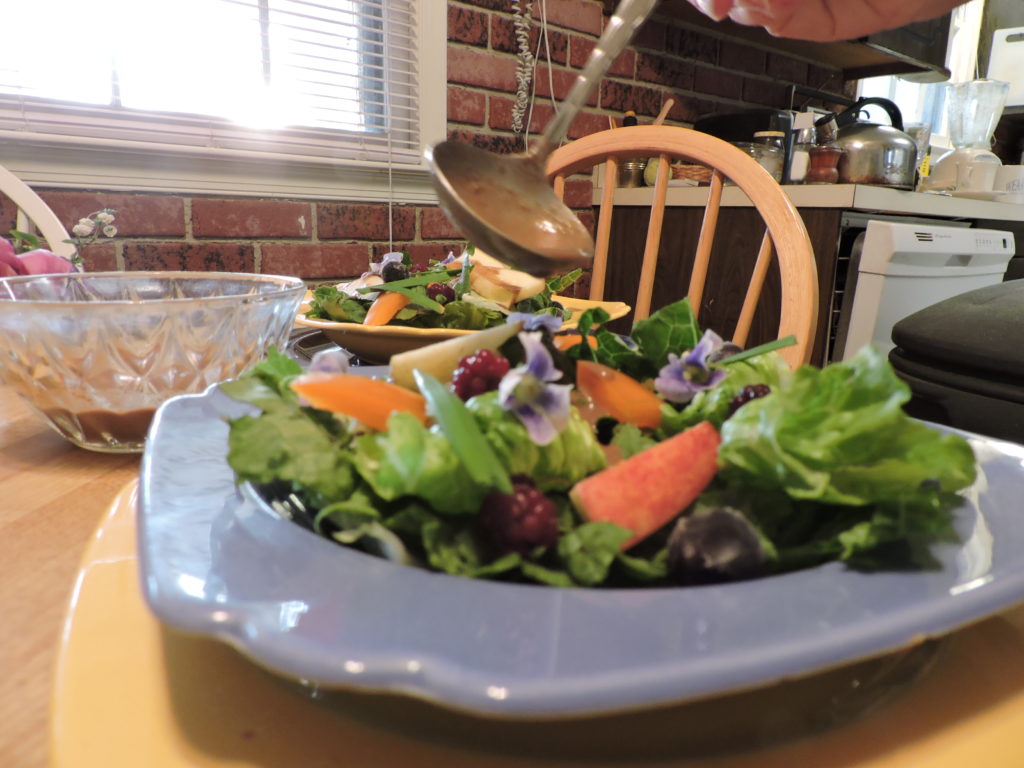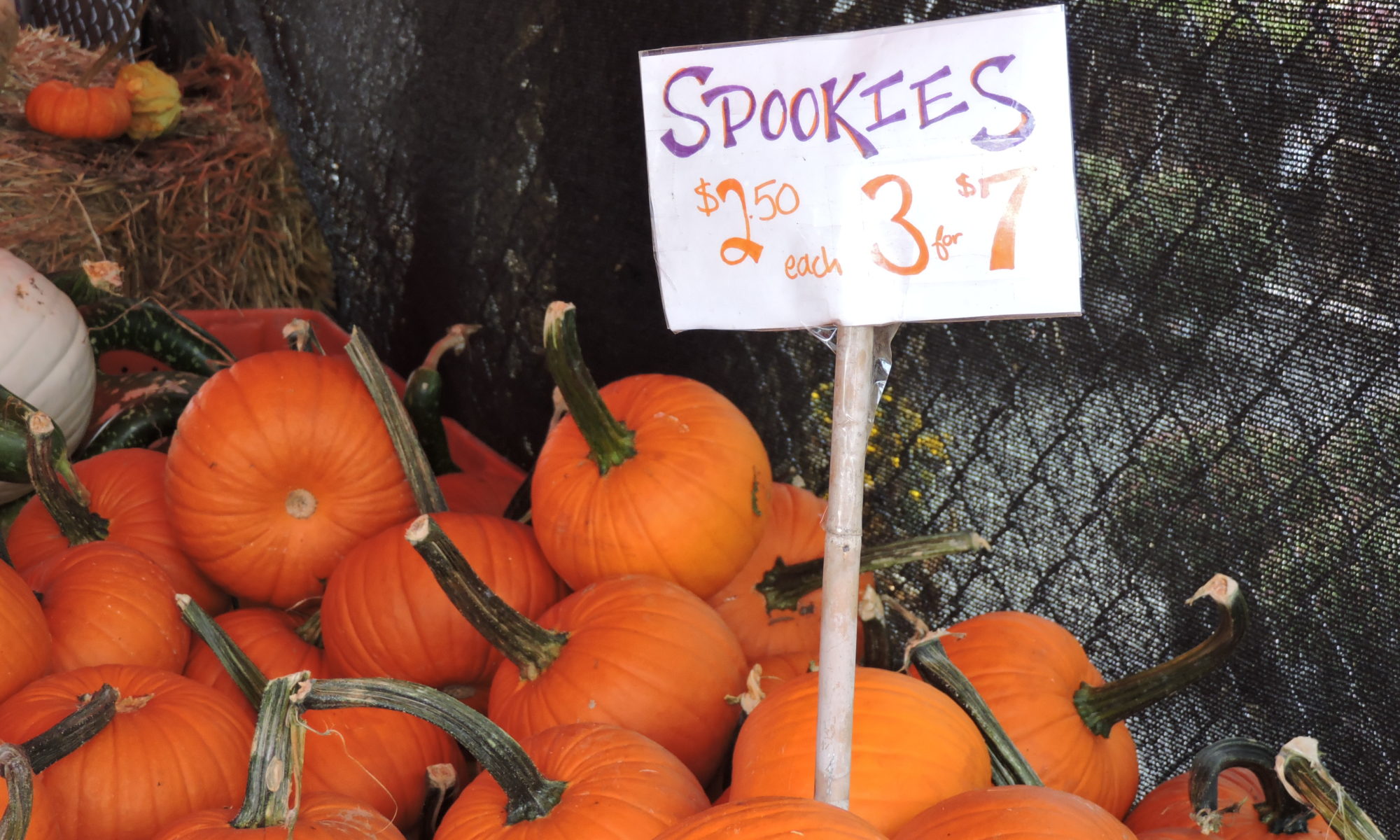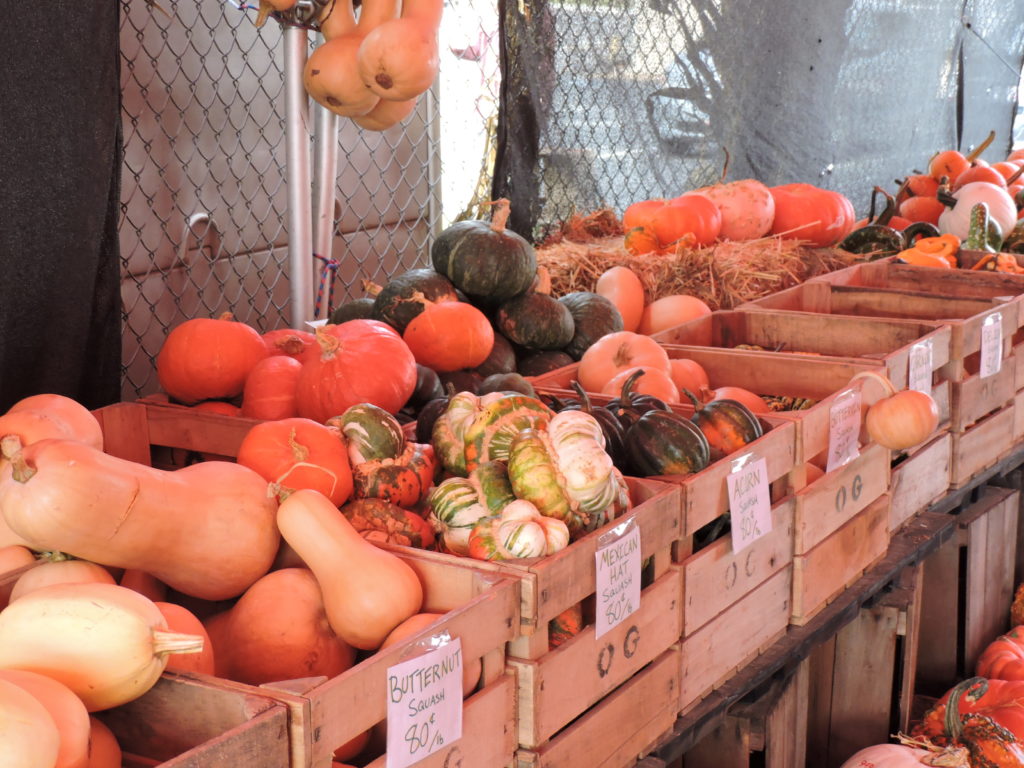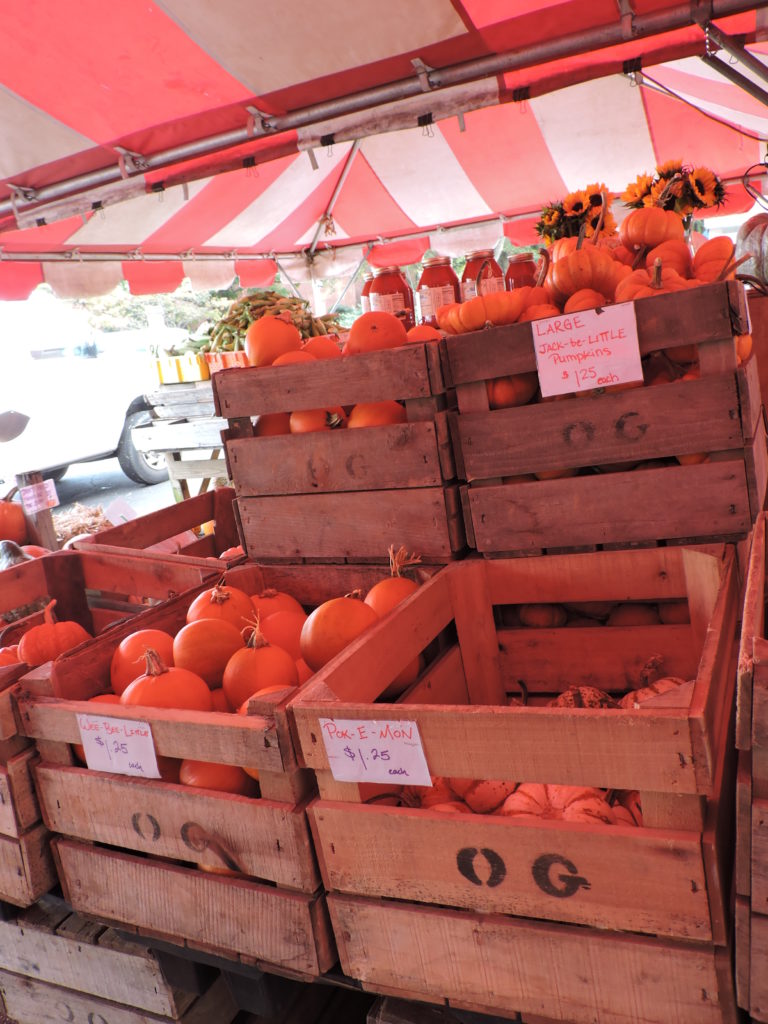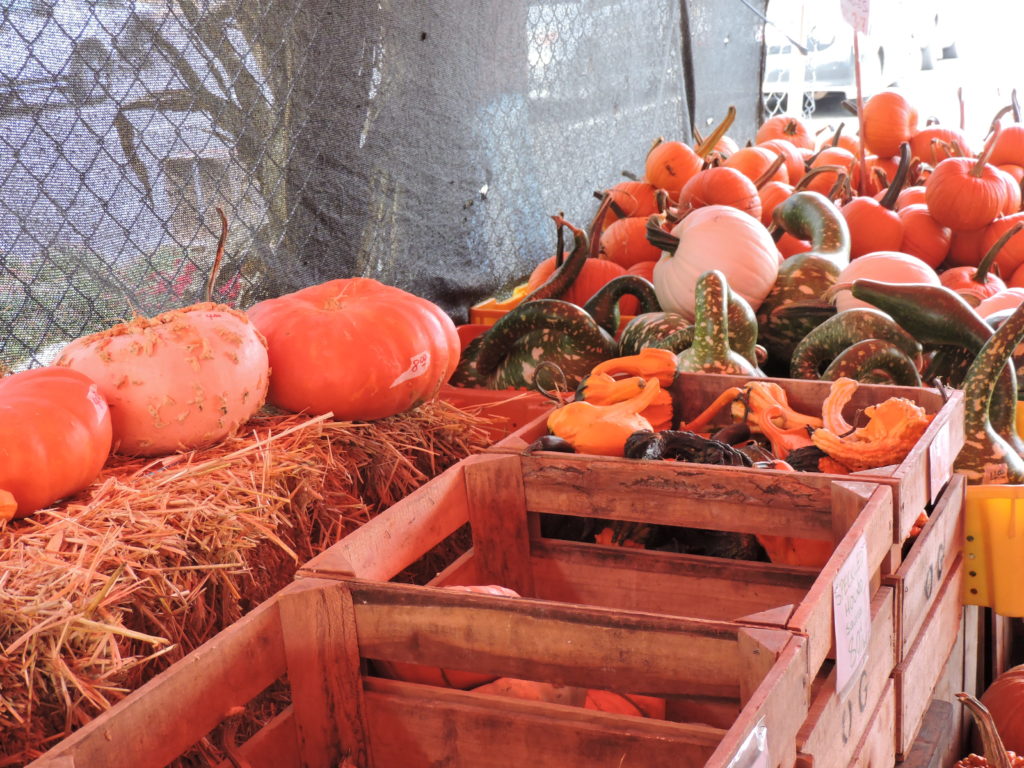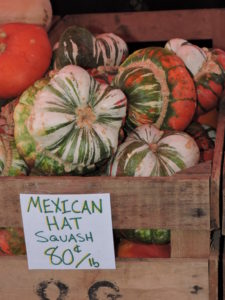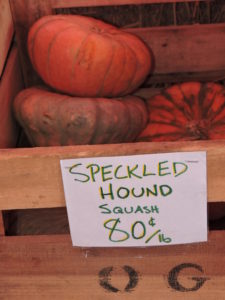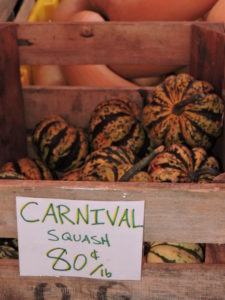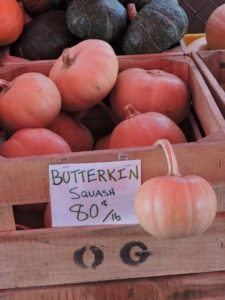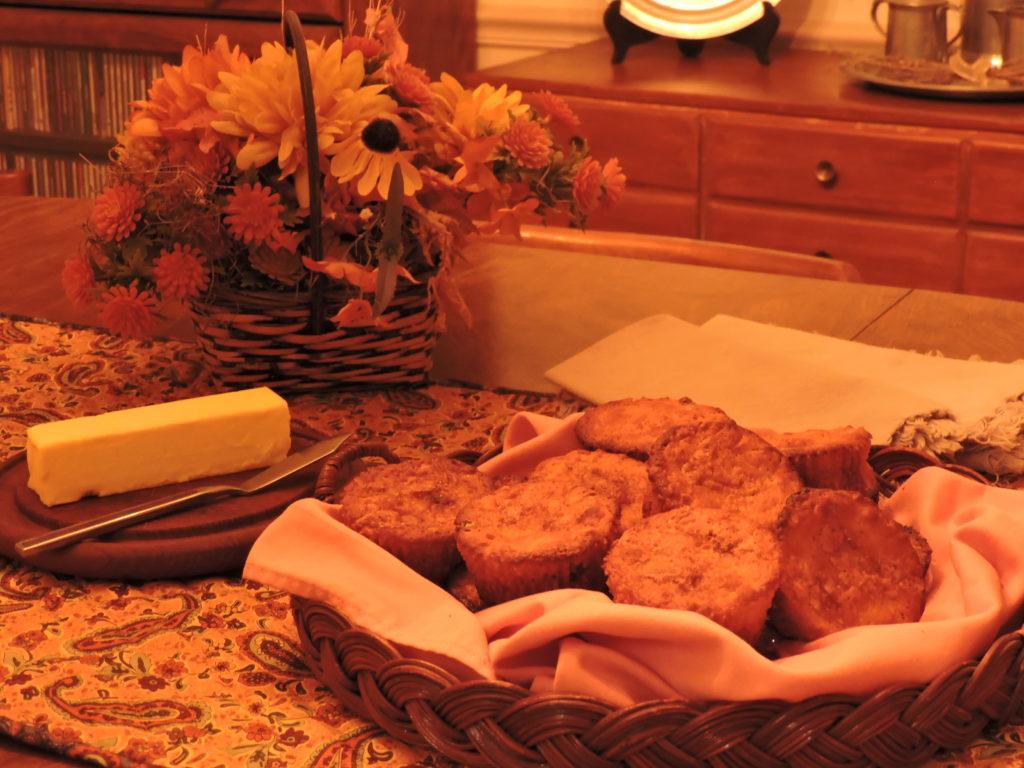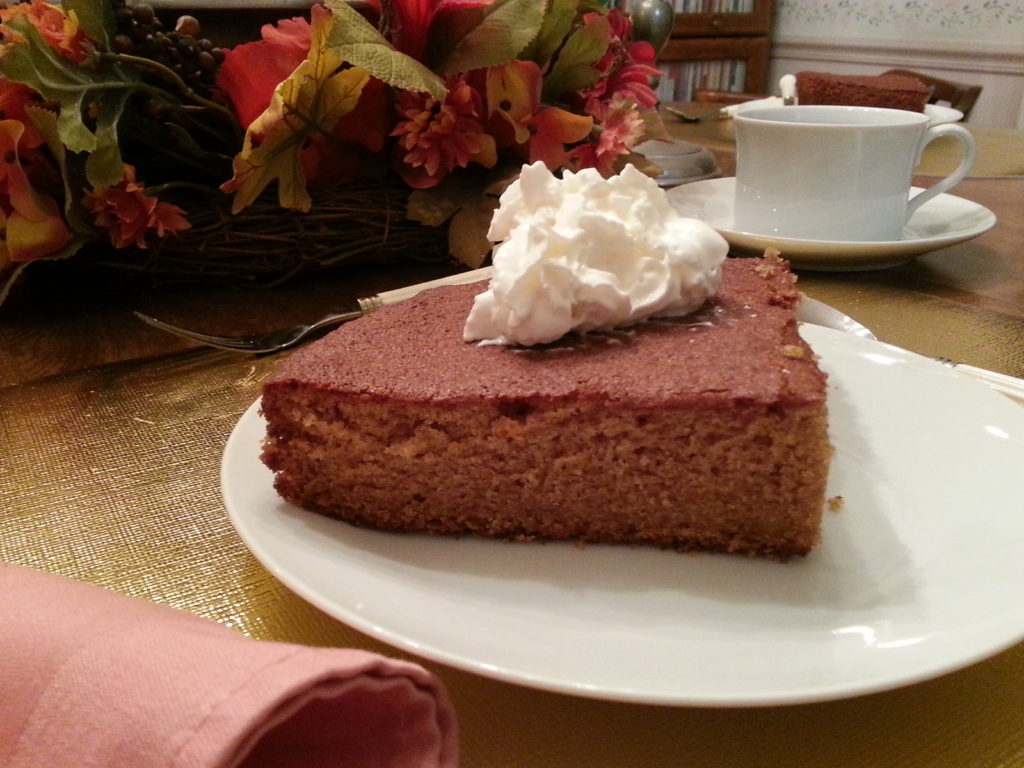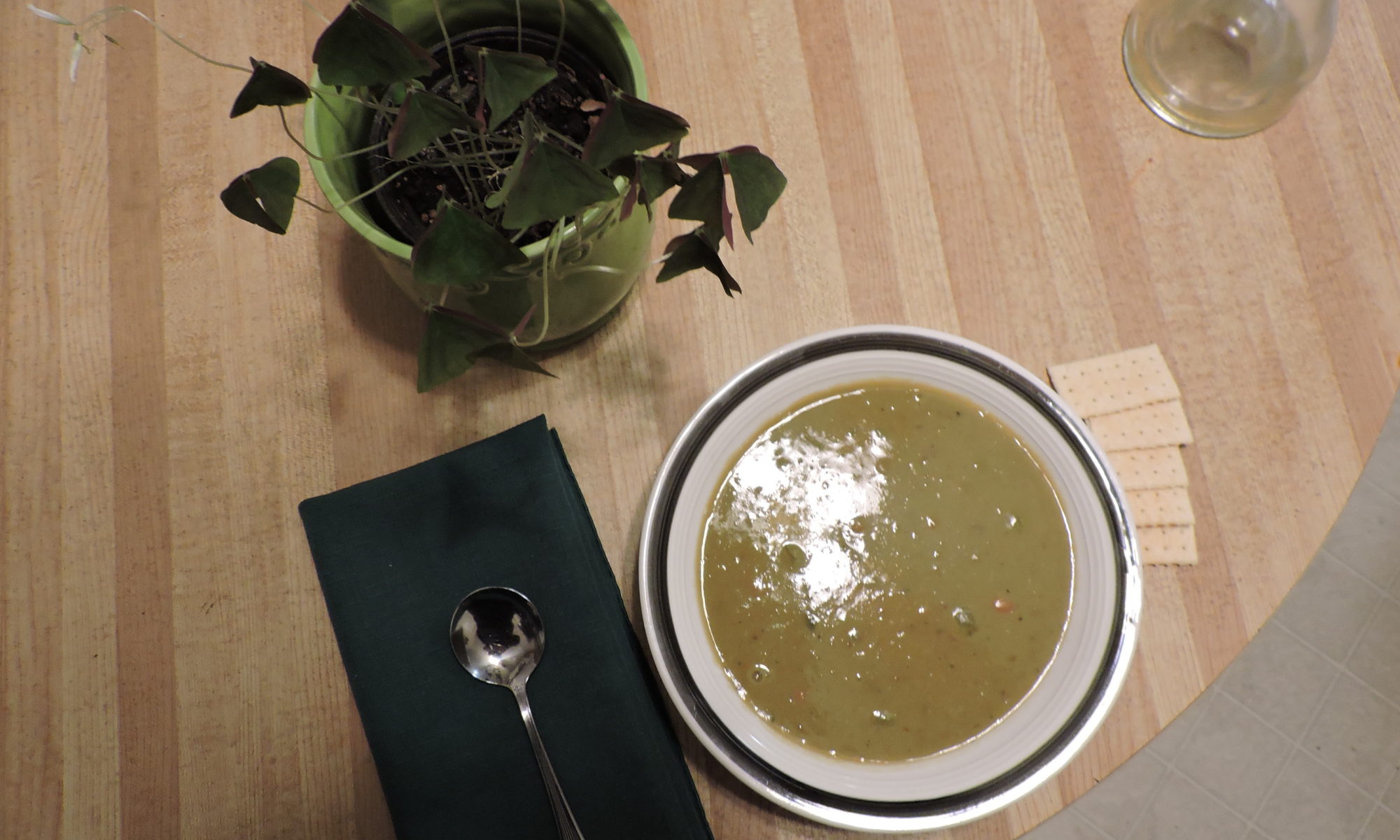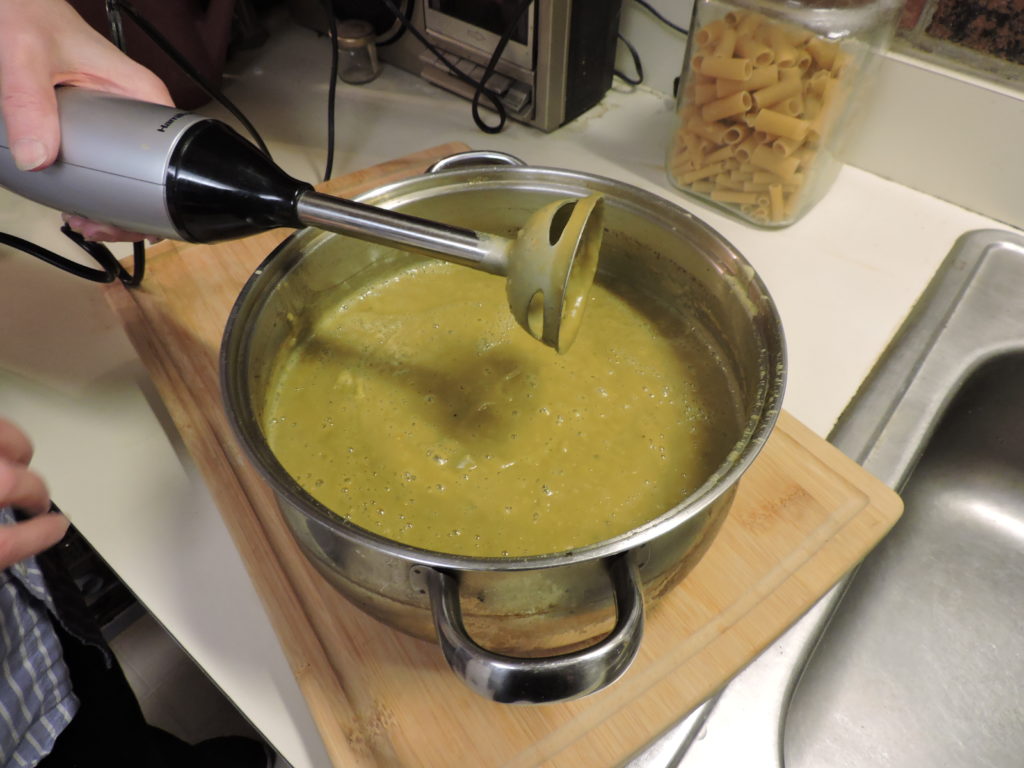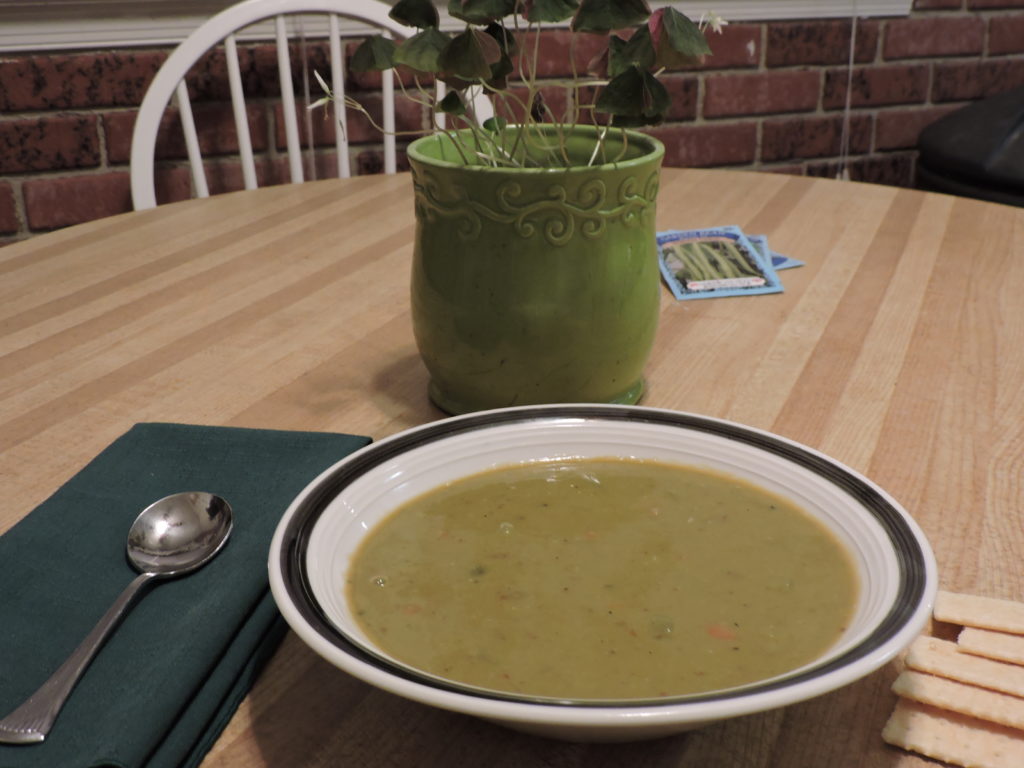From the moment my garlic chives pop out of the soil each spring till frost threatens and they disappear to overwinter below ground, I use them by the handful. I particularly love when the chives burst into bloom at the end of August. Bumblebees and honeybees swarm above them in the afternoon sun and frequently touch down on the lovely white blossoms pollinating as they go.
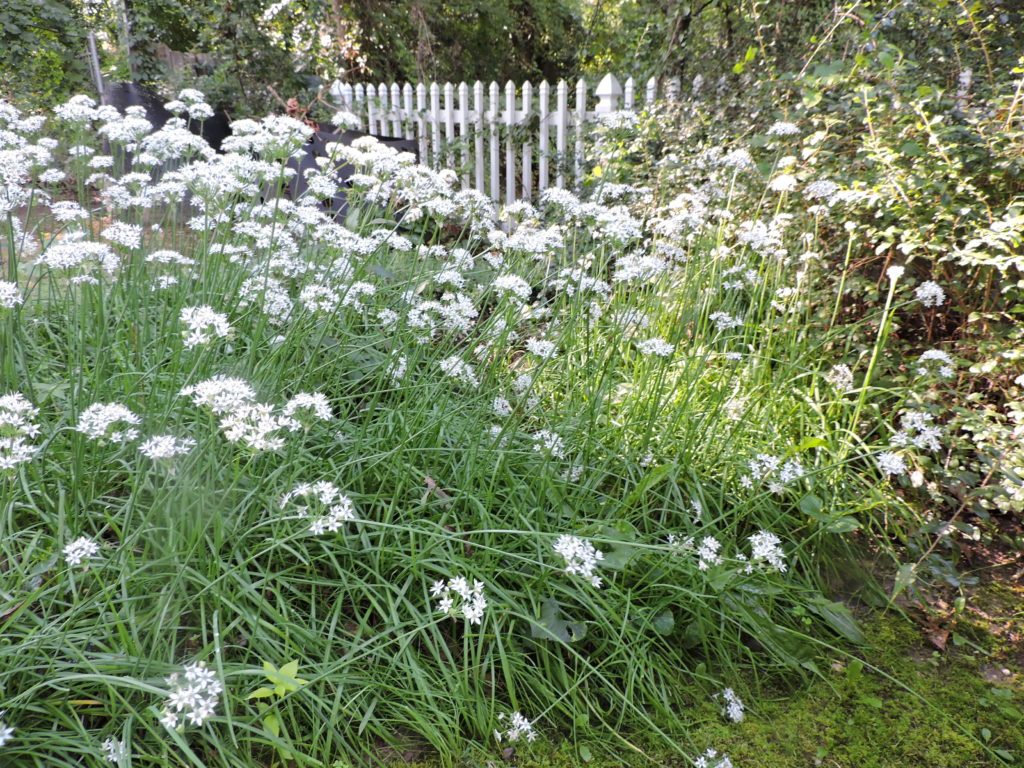
Garlic chives are one of my favorite herbs. They are mild with a flavor between spring onions and garlic. I occasionally use them to make my friend Mary Swanson’s wonderful Scandinavian Potato Salad recipe – a salad that’s perfect for an outdoor meal.
I first tasted this dish at a “race day” luncheon for six prepared by Mary and her husband Ernie, a fine cook in his own right. The Swansons are avid Formula I auto racing fans – a passion we all share. So getting together to watch live coverage from racetracks around the globe is a fun way to spend an afternoon.
Scandinavian Potato Salad was but one star of the race day meal. Ernie’s perfectly prepared pork medallions were great and Mary’s colorful pepper-studded black bean salad hit the spot.
Still, it was the potato salad that captured my attention. Different from any I’d ever tasted, it was so good I had a second helping. I immediately asked for the recipe and Mary kindly wrote it out for me. I share it now with you.
Mary Swanson’s Scandinavian Potato Salad
6 to 8 potatoes (Any kind will do. I used some white potatoes I had on hand, however, Mary most often uses medium sized red bliss potatoes.)
2 teaspoons salt (Add most to cooking water but reserve a little for dressing. Adjust to taste in accordance with amount of potatoes used.)
1 bunch garlic chives (lavender-blossomed onion chives can be substituted and are equally good)
1/3 cup oil (extra virgin olive oil is good but your choice)
1/4 cup red wine vinegar
1 Tablespoon sugar
1 teaspoon Dijon mustard
Remaining salt
1/2 teaspoon pepper (Or peppercorns – several grinds of the pepper mill)
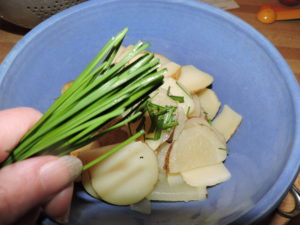
Slice potatoes in rounds and place in a large saucepan with 2 to 3 inches of water and most of the salt. Bring to a boil. Reduce heat. Simmer till done. Drain potatoes and place in large bowl.
Meantime make dressing by combining oil, sugar, the remaining
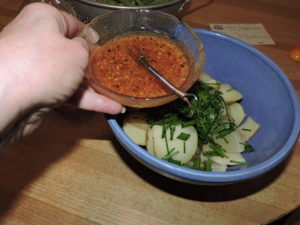
salt, the Dijon mustard and pepper. Mix well and pour over potatoes and chives. (Best done while potatoes are still warm when dressing’s easily absorbed.) Can set out early as this mayonnaise-free side dish will not spoil if the day is warm.
Mary emphasizes that this is truly a taste-as-you go recipe with the amount of salt added determined by the number and size of the potatoes used. You can add an extra dash or two of vinegar for a more piquant flavor.
This tangy potato salad is a great accompaniment for meat or poultry and is so easy to make. I served it this time with steak and end-of-summer veggies including Anne Arundel County corn on the cob from Pumphrey’s Farmstand on Veteran’s Highway in Millersville, Maryland and just picked green beans prepared the old-fashioned way.
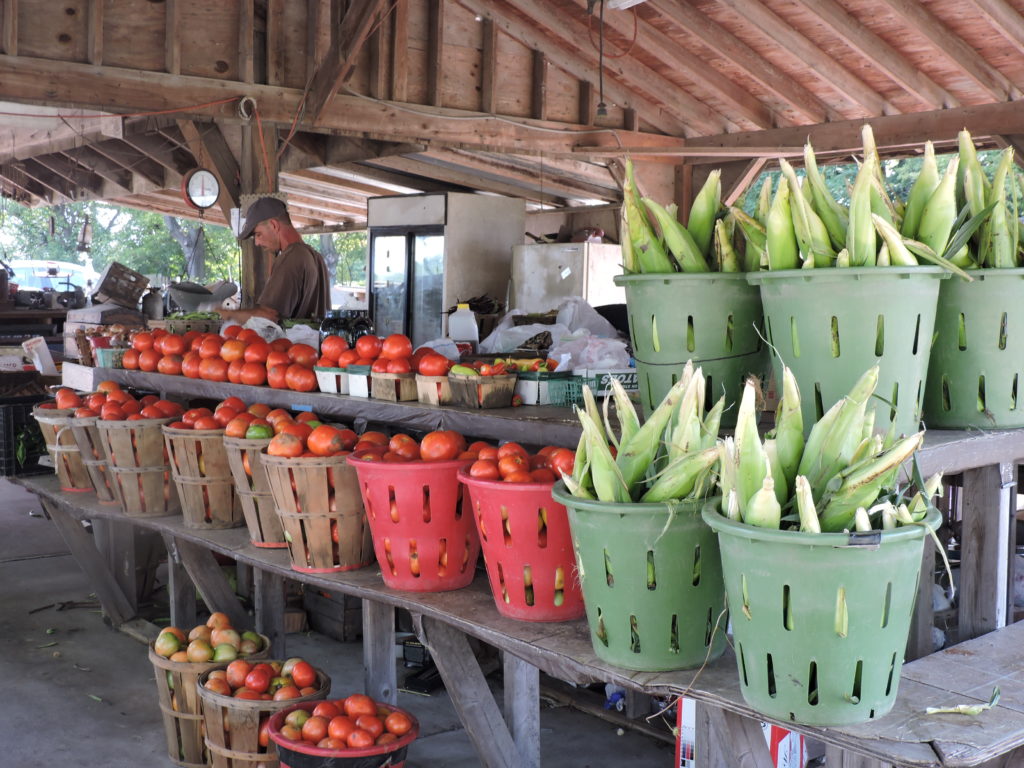
Everyone grabbed a plate and enjoyed the meal,. Even our guilty-looking cat Biscuit (who invited himself to dinner) managed to con us out of several bites of steak and had a fine old time.
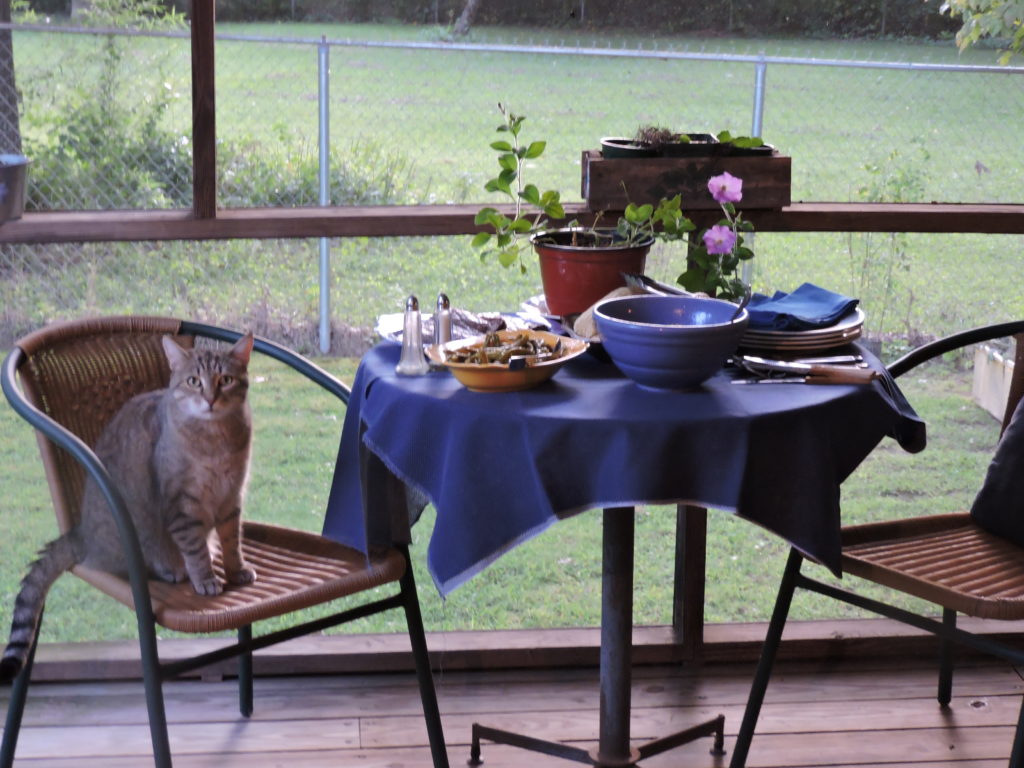

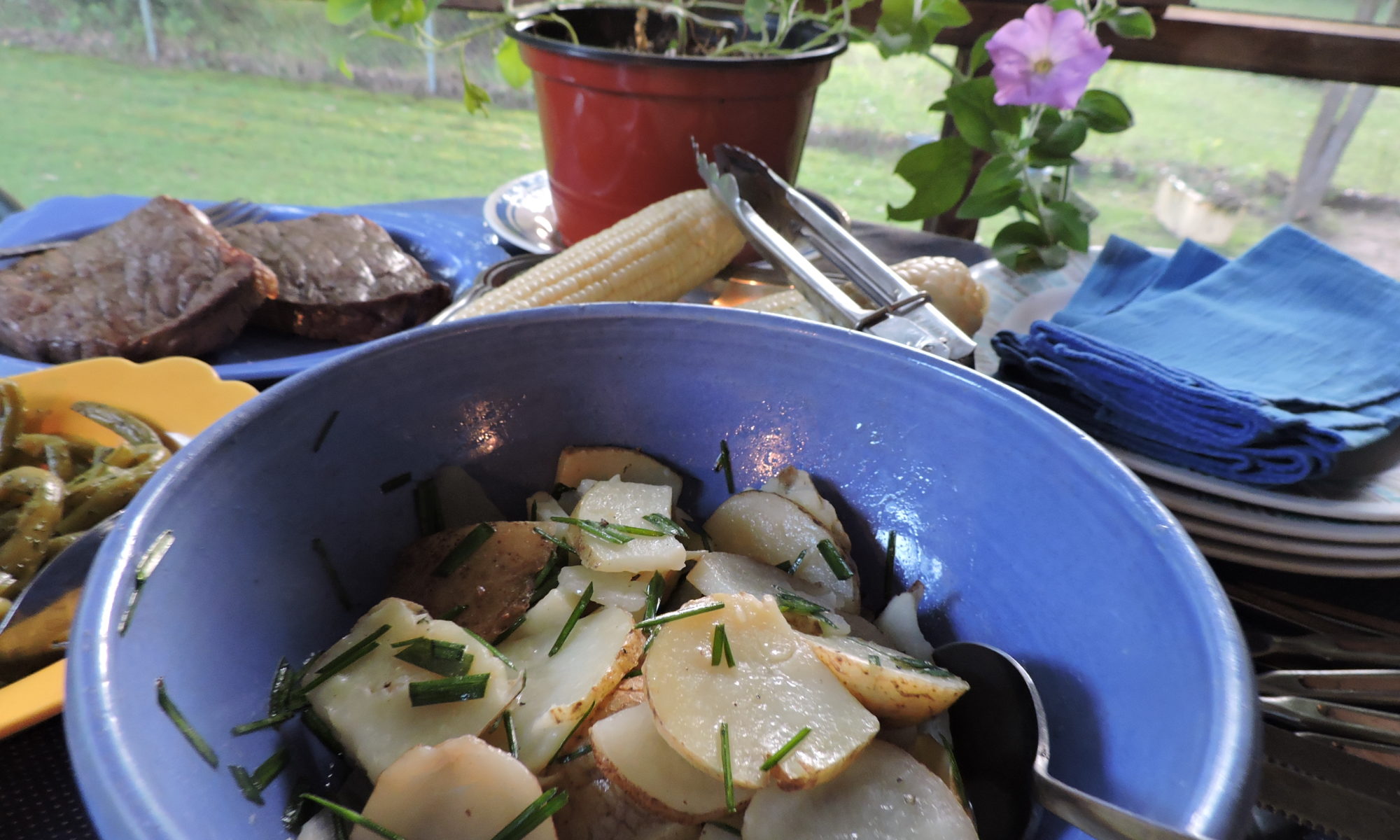
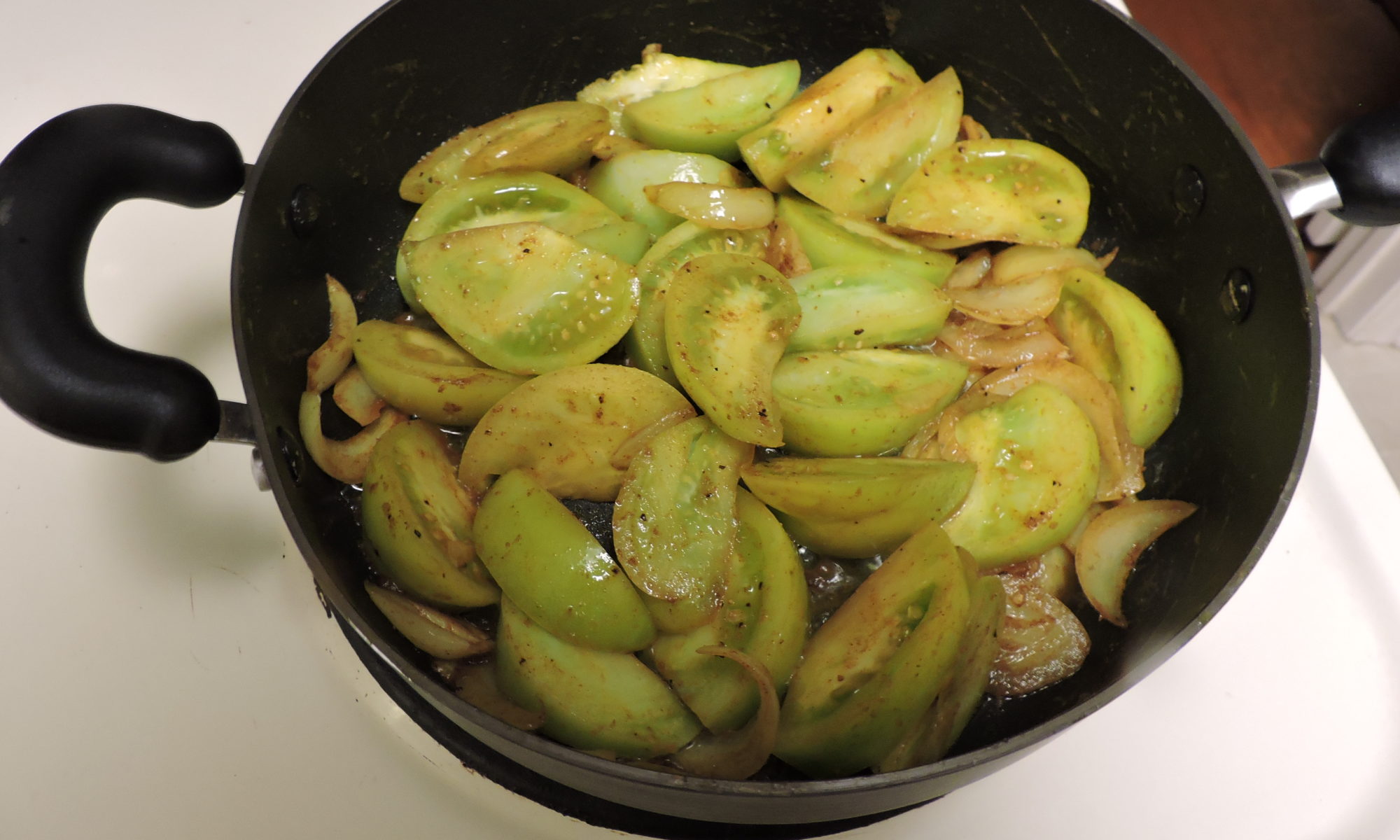
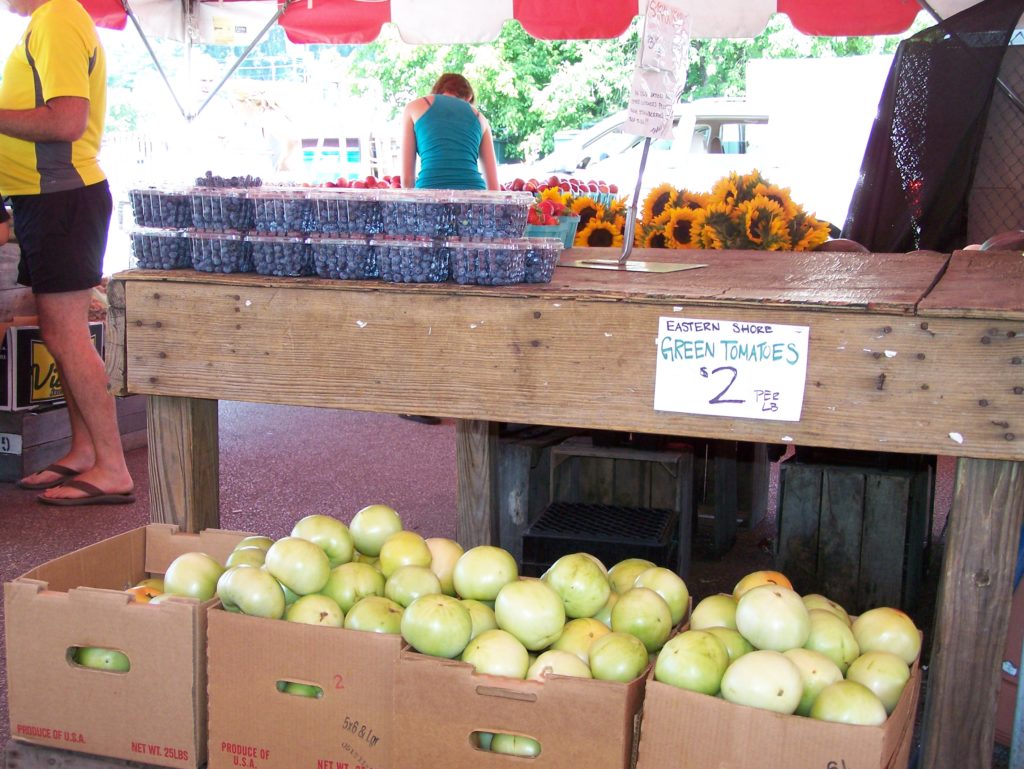 According to Jennifer, longtime customer Judy Ridgely shared her recipe for Curried Green Tomatoes with the Diehl family and they found it absolutely delicious.
According to Jennifer, longtime customer Judy Ridgely shared her recipe for Curried Green Tomatoes with the Diehl family and they found it absolutely delicious.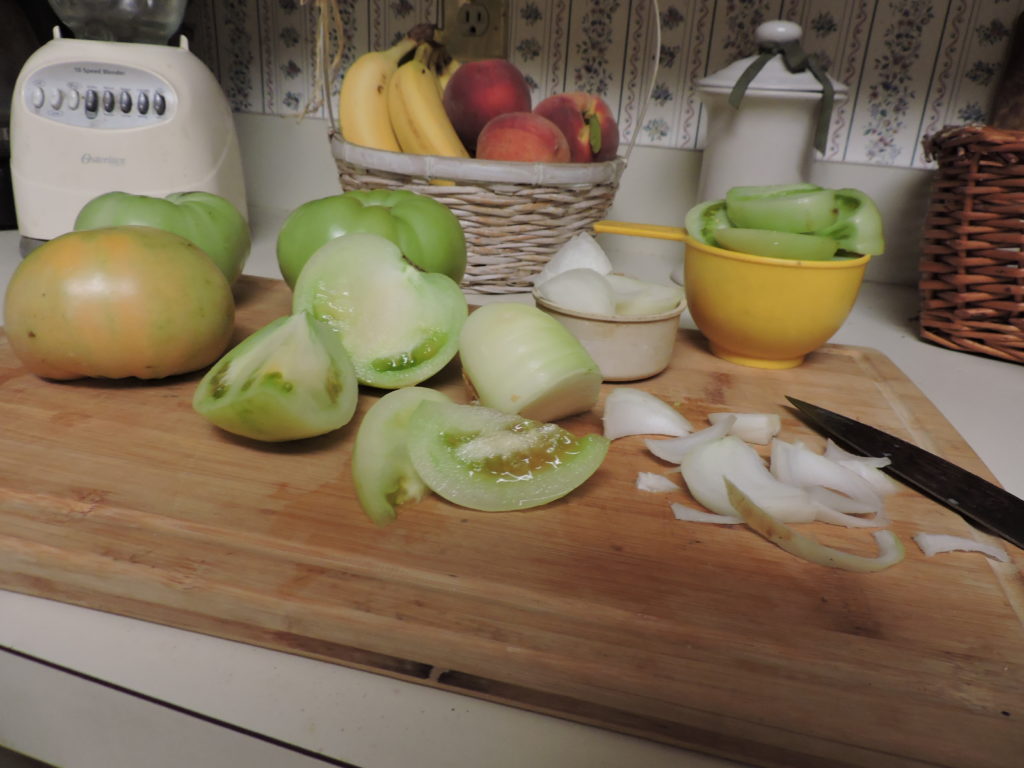
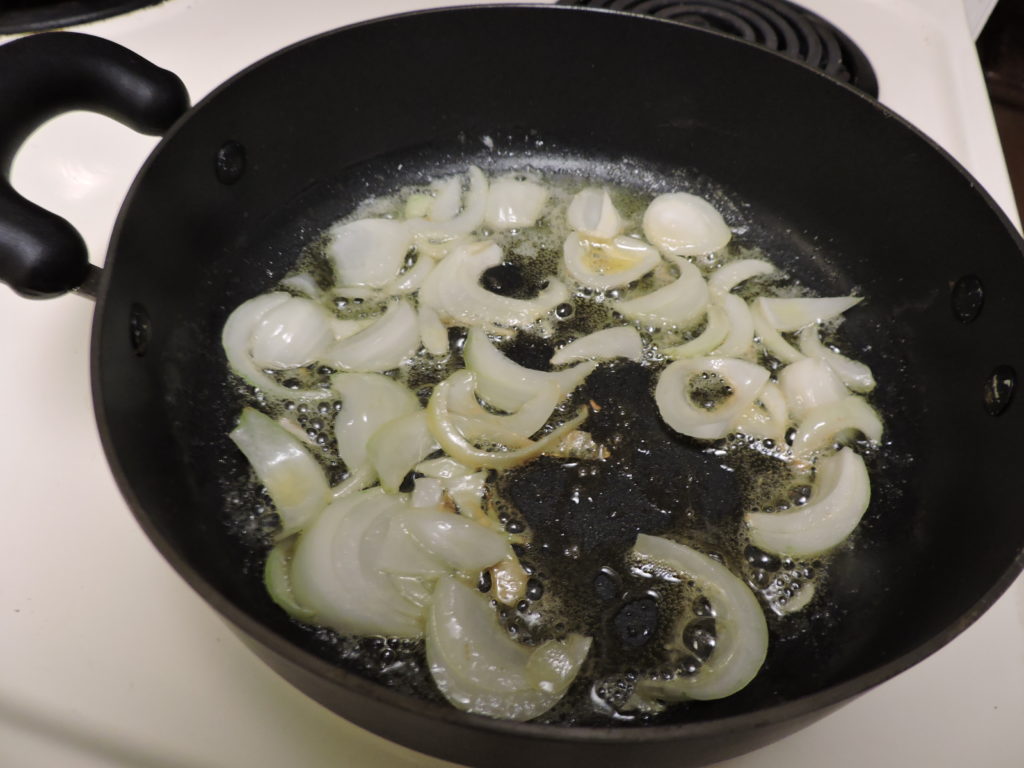
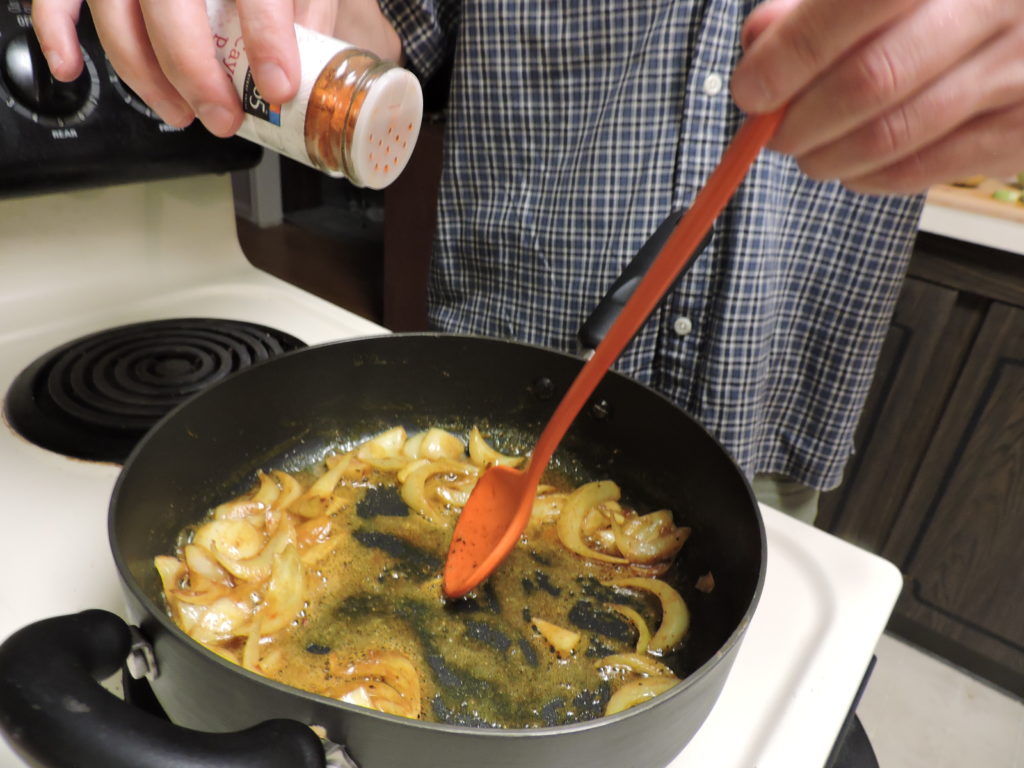 Add curry powder and blend well. Stir in a pinch of cayenne pepper.
Add curry powder and blend well. Stir in a pinch of cayenne pepper.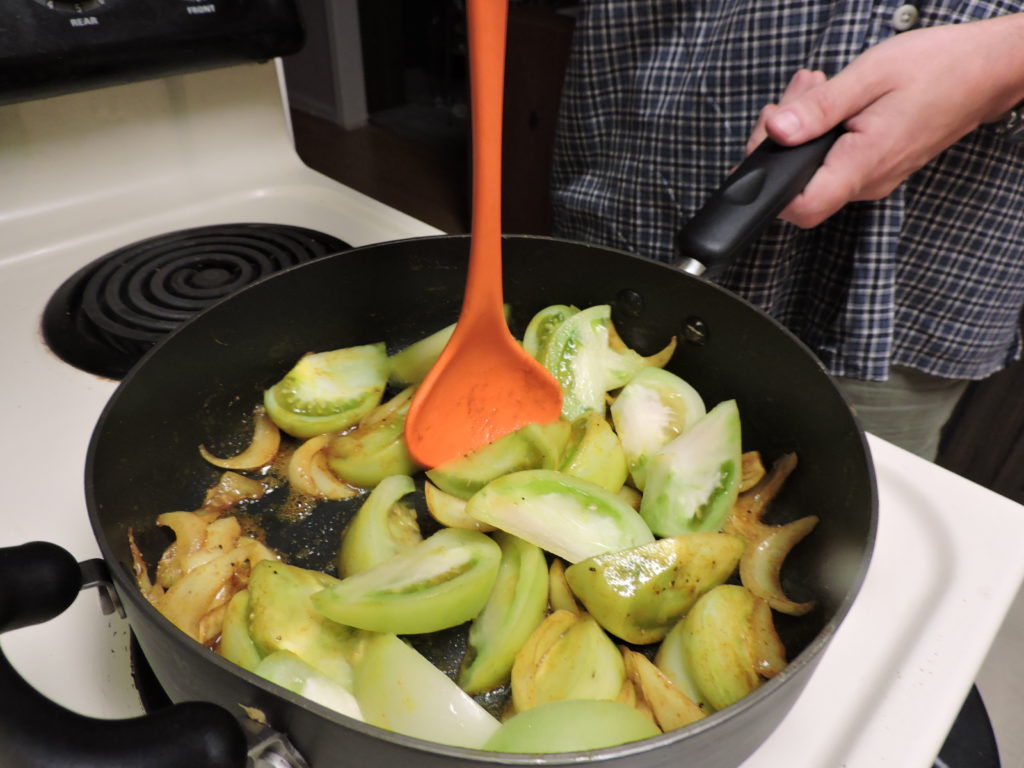 Add green tomatoes and cook, stirring for 3 to 4 minutes during which time they’ll from green to gold. I like them served warm with a range of meats or poultry.
Add green tomatoes and cook, stirring for 3 to 4 minutes during which time they’ll from green to gold. I like them served warm with a range of meats or poultry.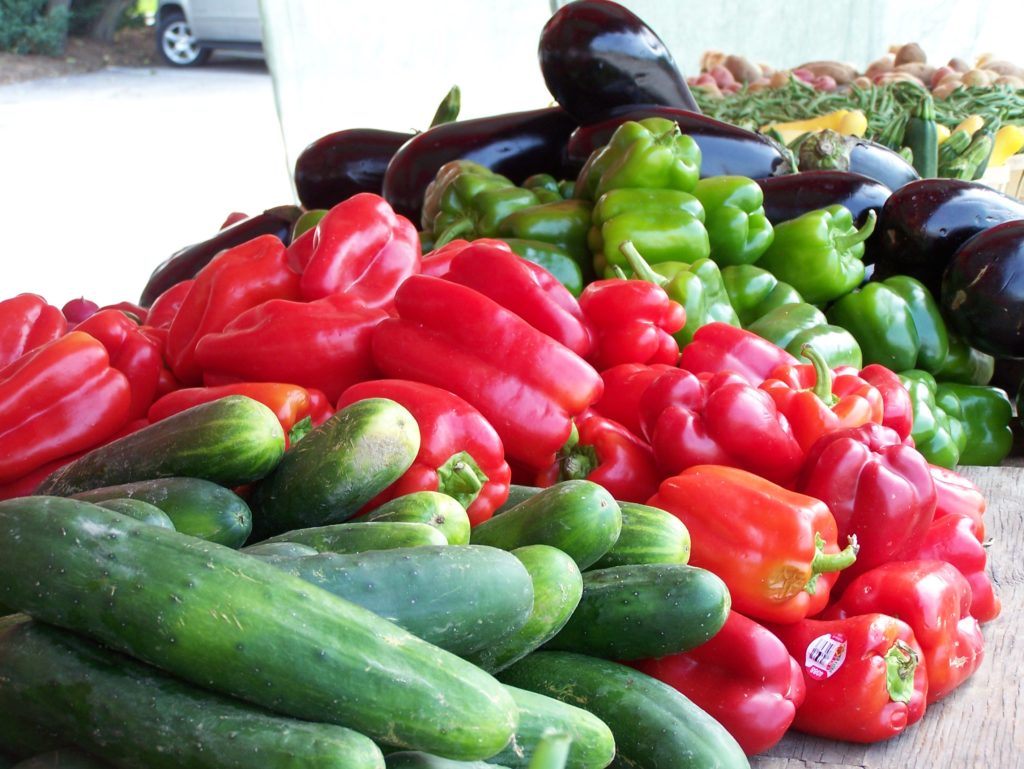
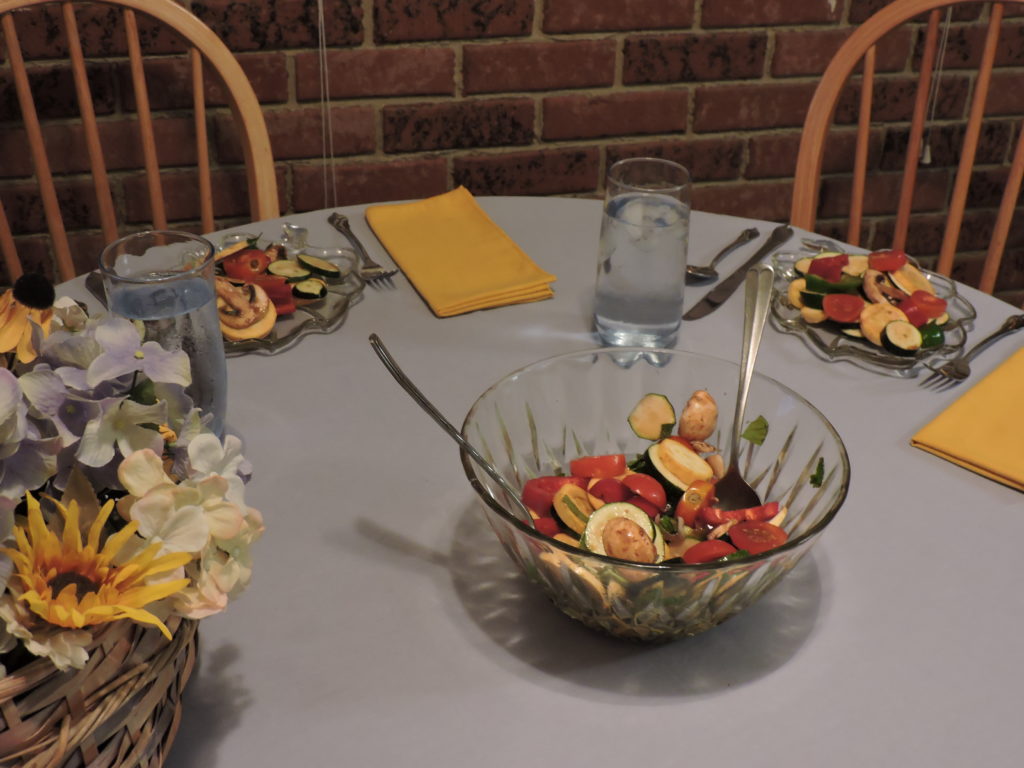
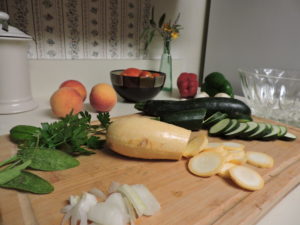
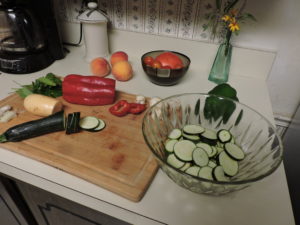
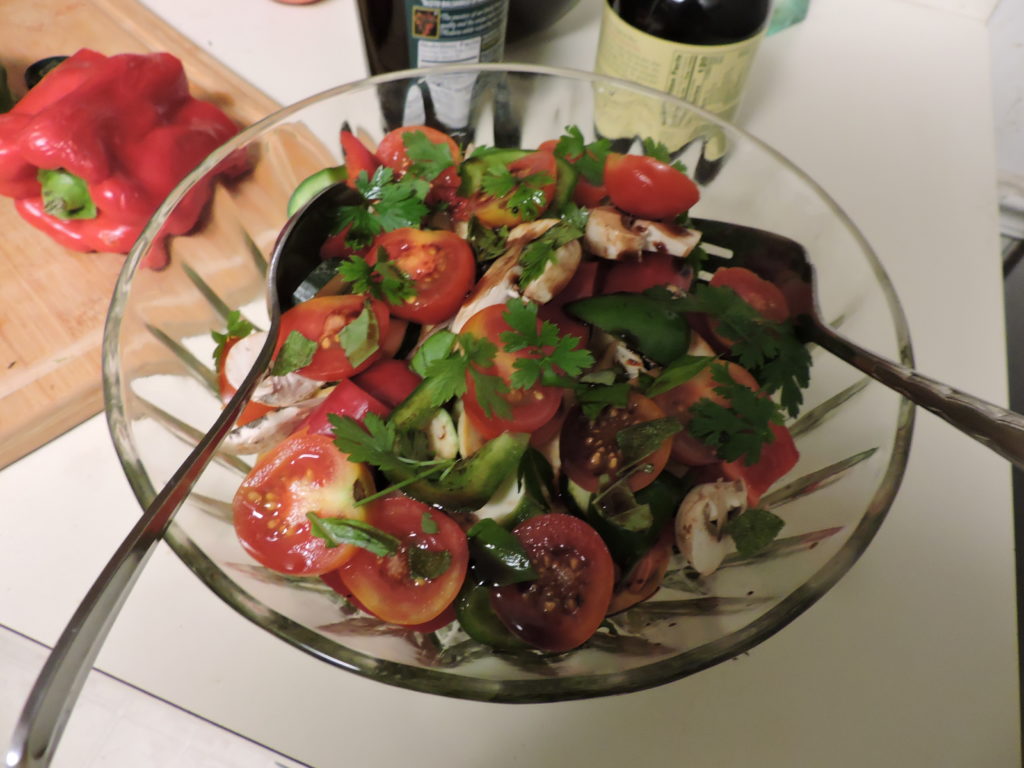 Drizzle with olive oil and balsamic vinegar. Finish by adding a splash of red wine vinegar for a pleasant touch of tartness. Toss ingredients together and plate.
Drizzle with olive oil and balsamic vinegar. Finish by adding a splash of red wine vinegar for a pleasant touch of tartness. Toss ingredients together and plate.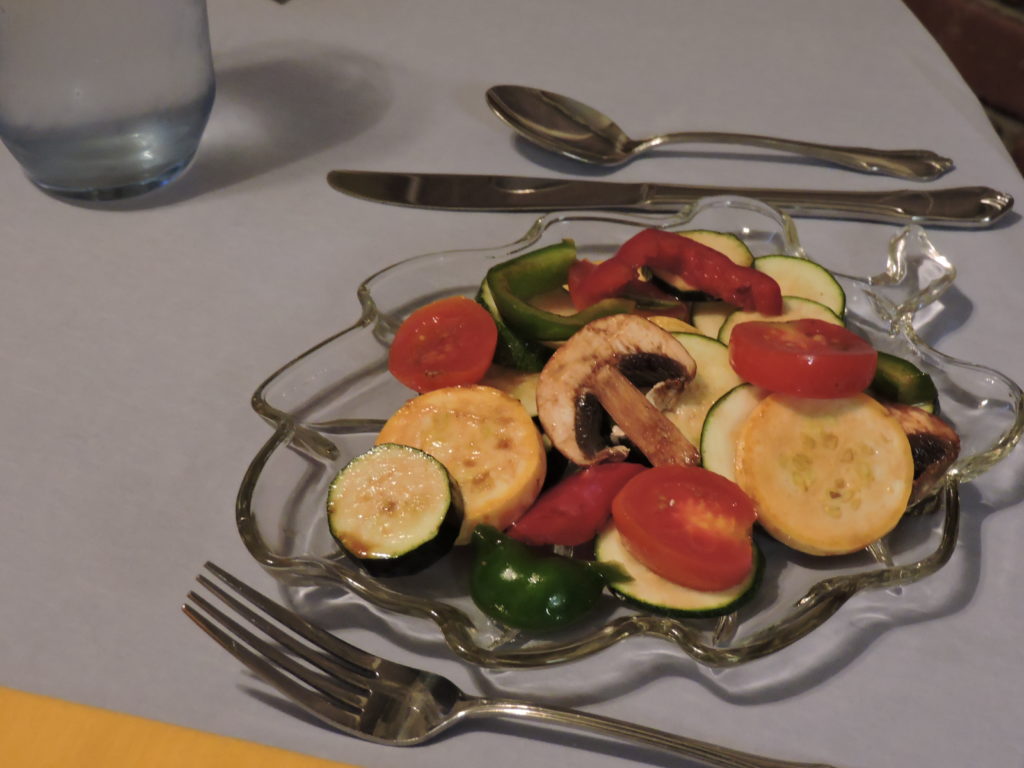
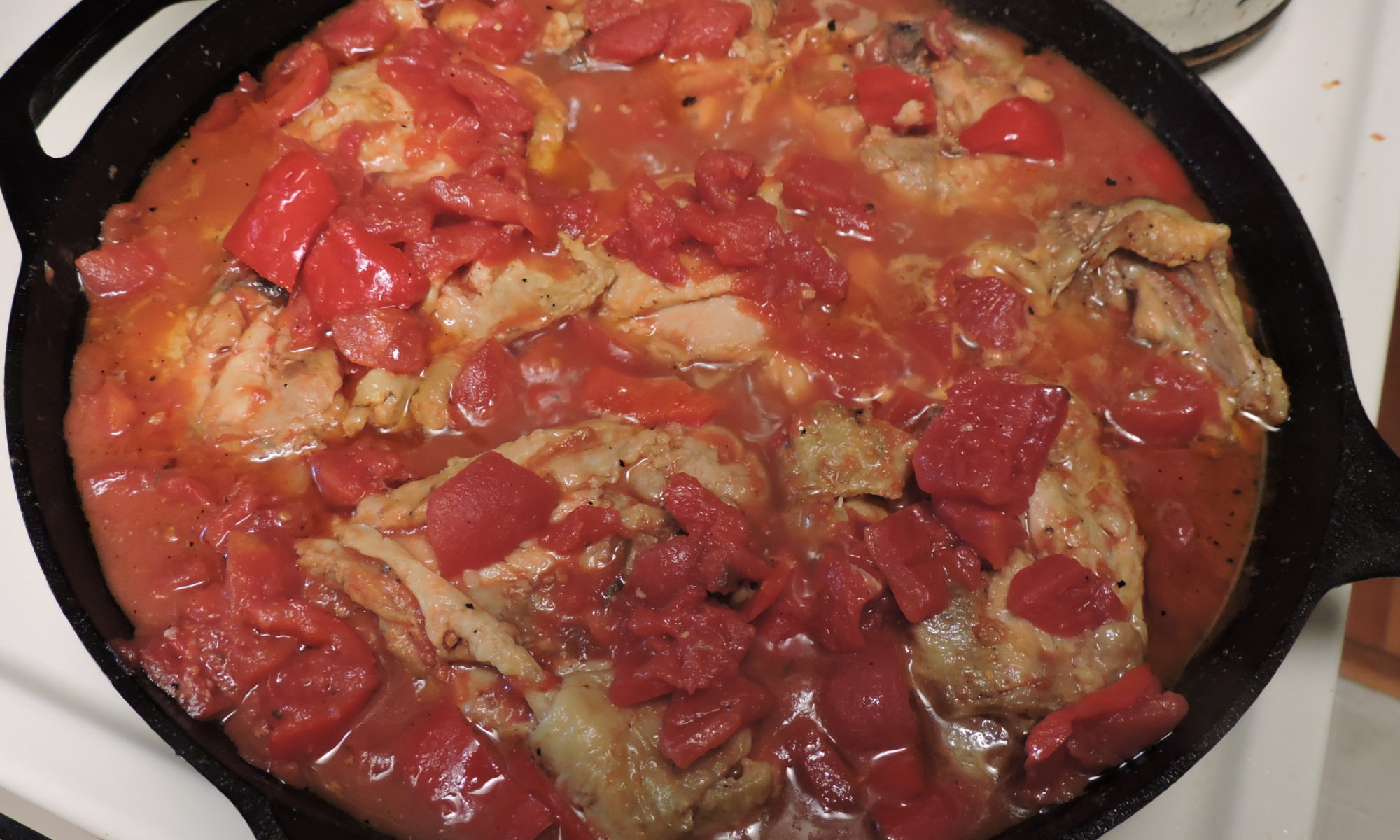
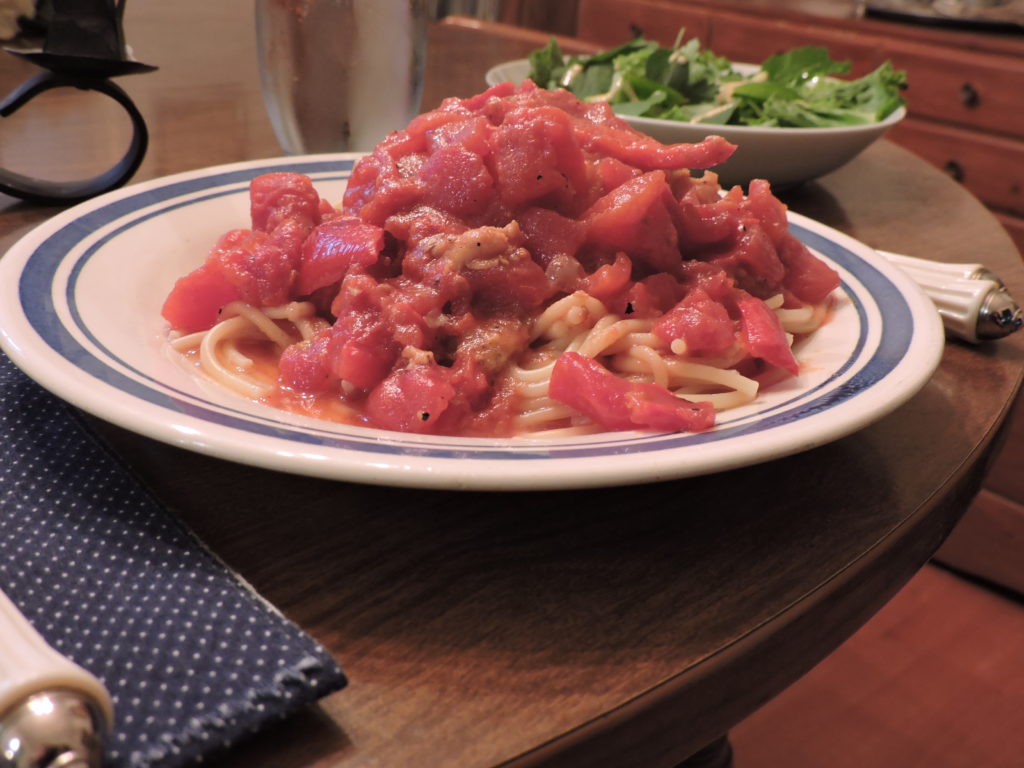

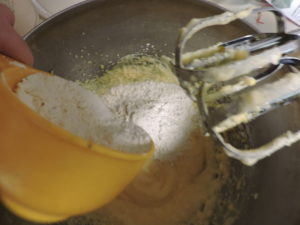
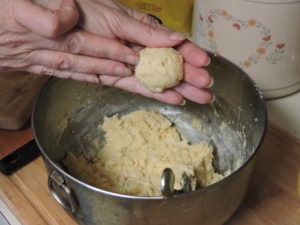
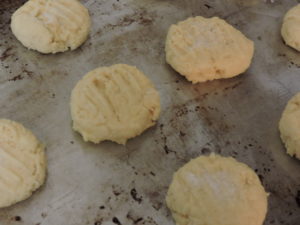
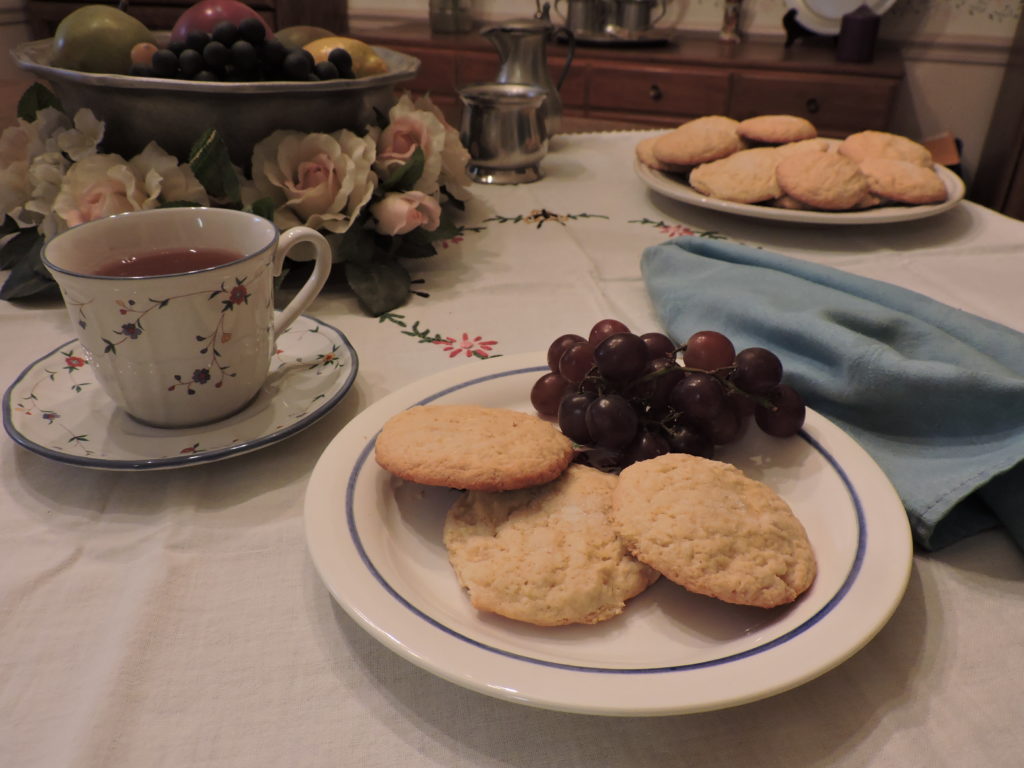
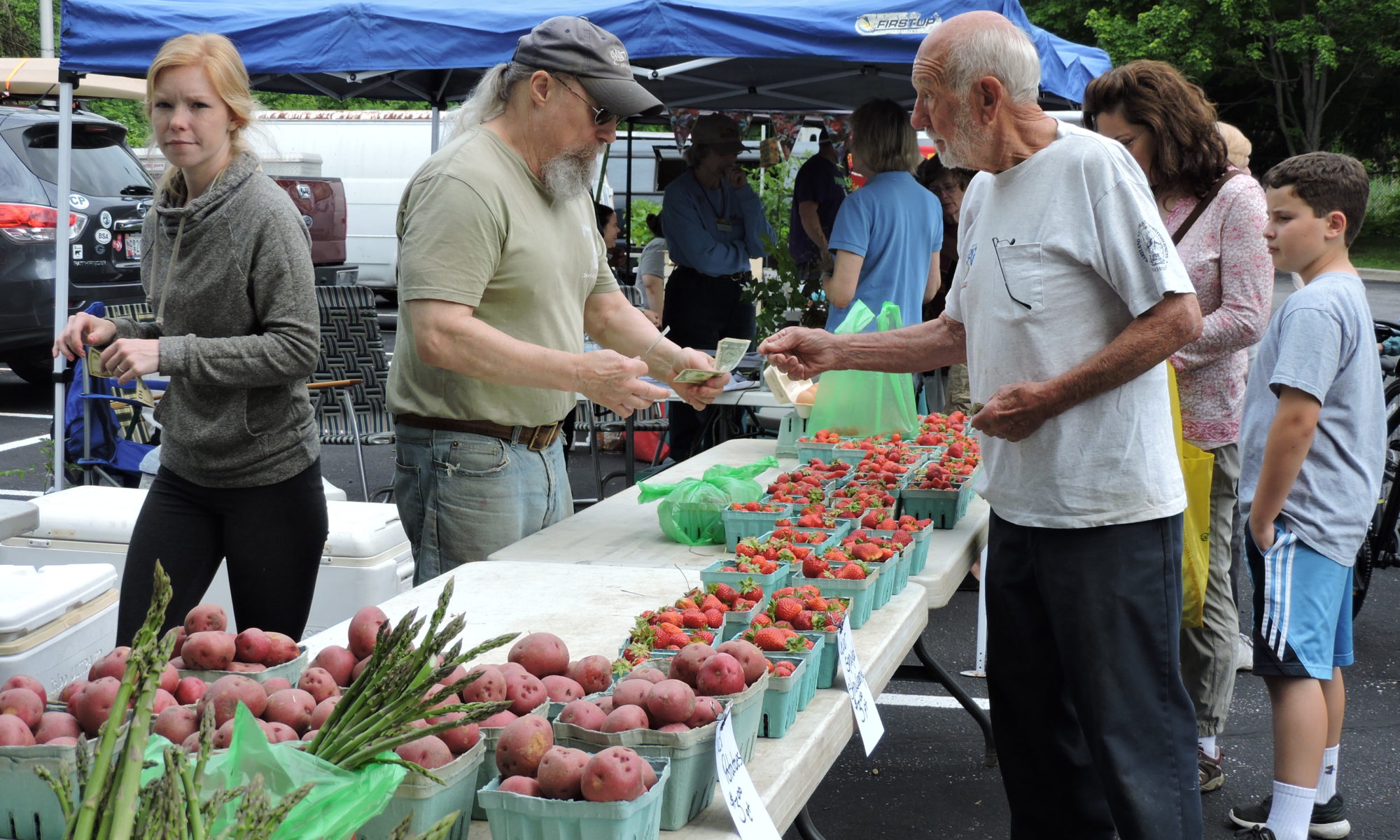
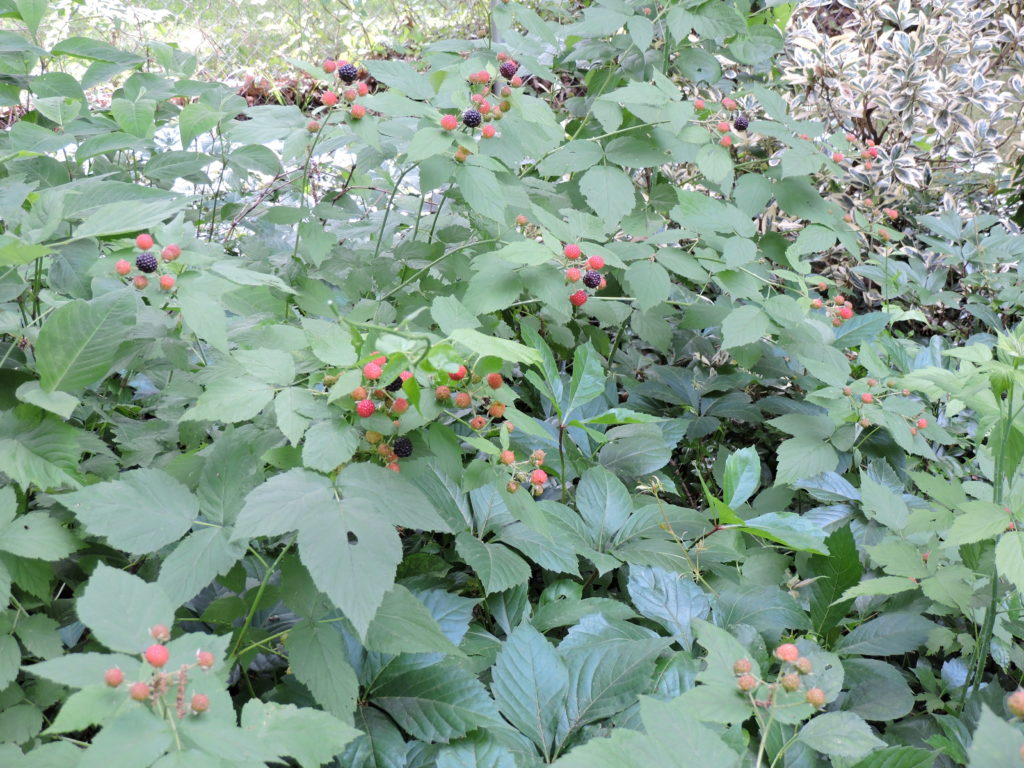
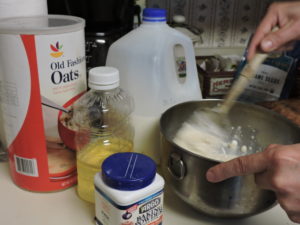
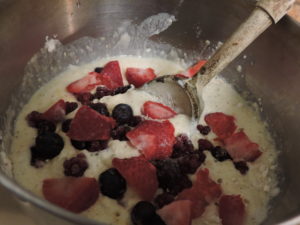 Add berries. In this case, I used sliced strawberries, black raspberries and blueberries.
Add berries. In this case, I used sliced strawberries, black raspberries and blueberries.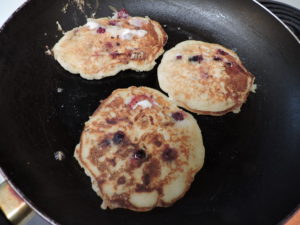
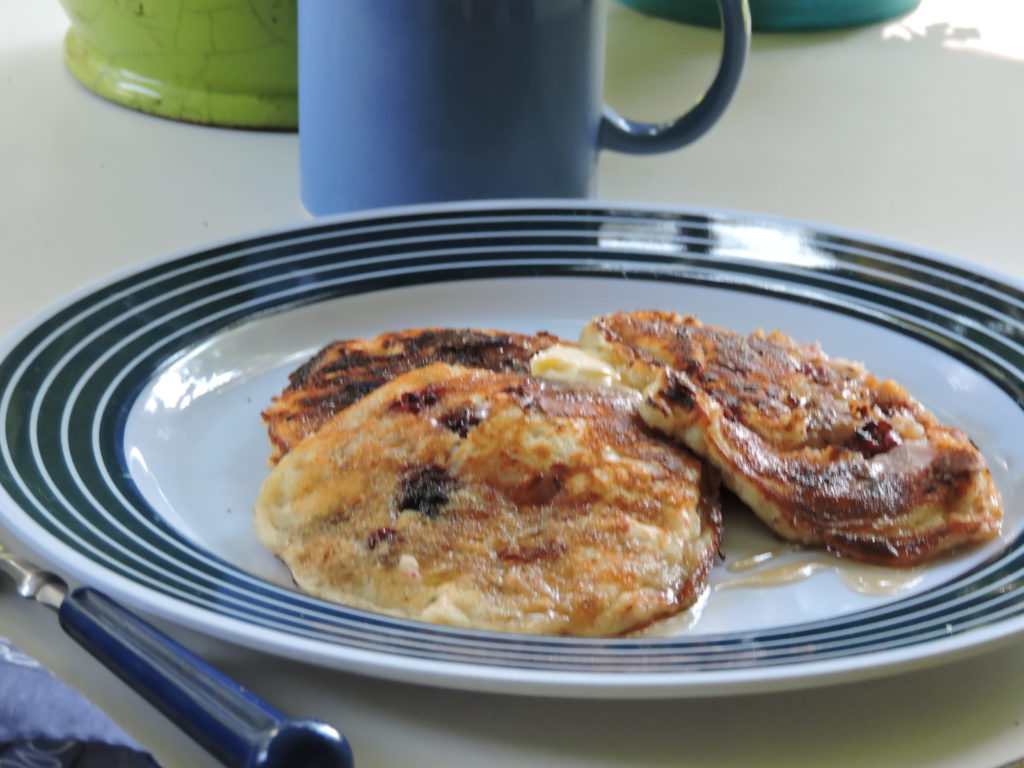
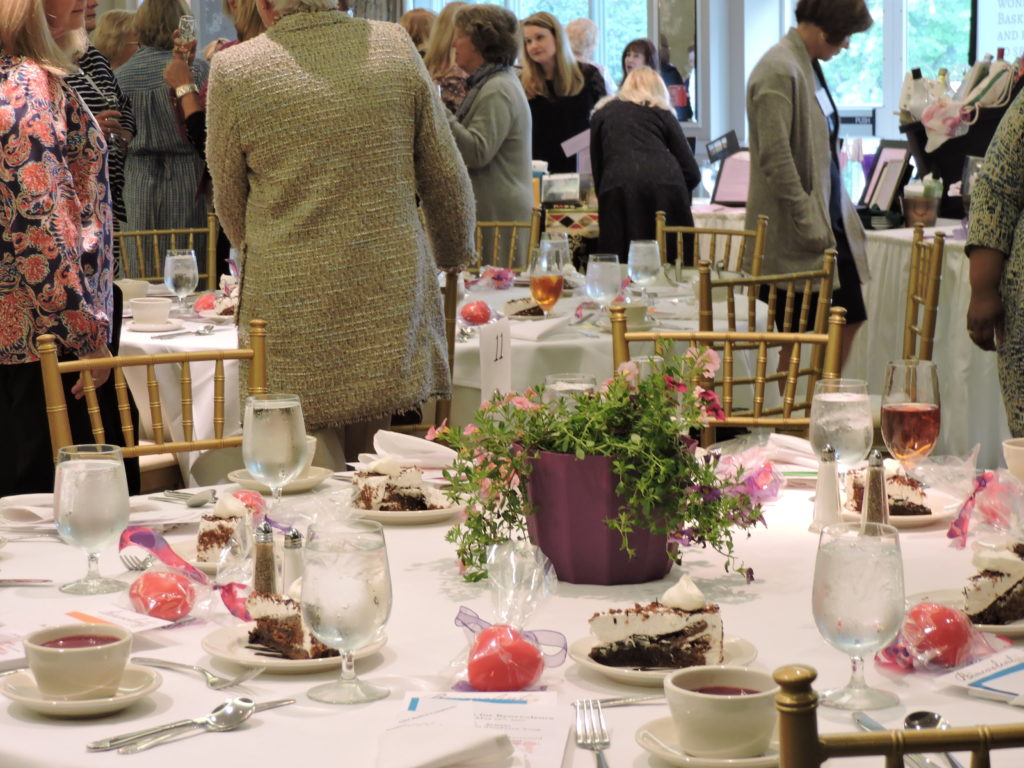
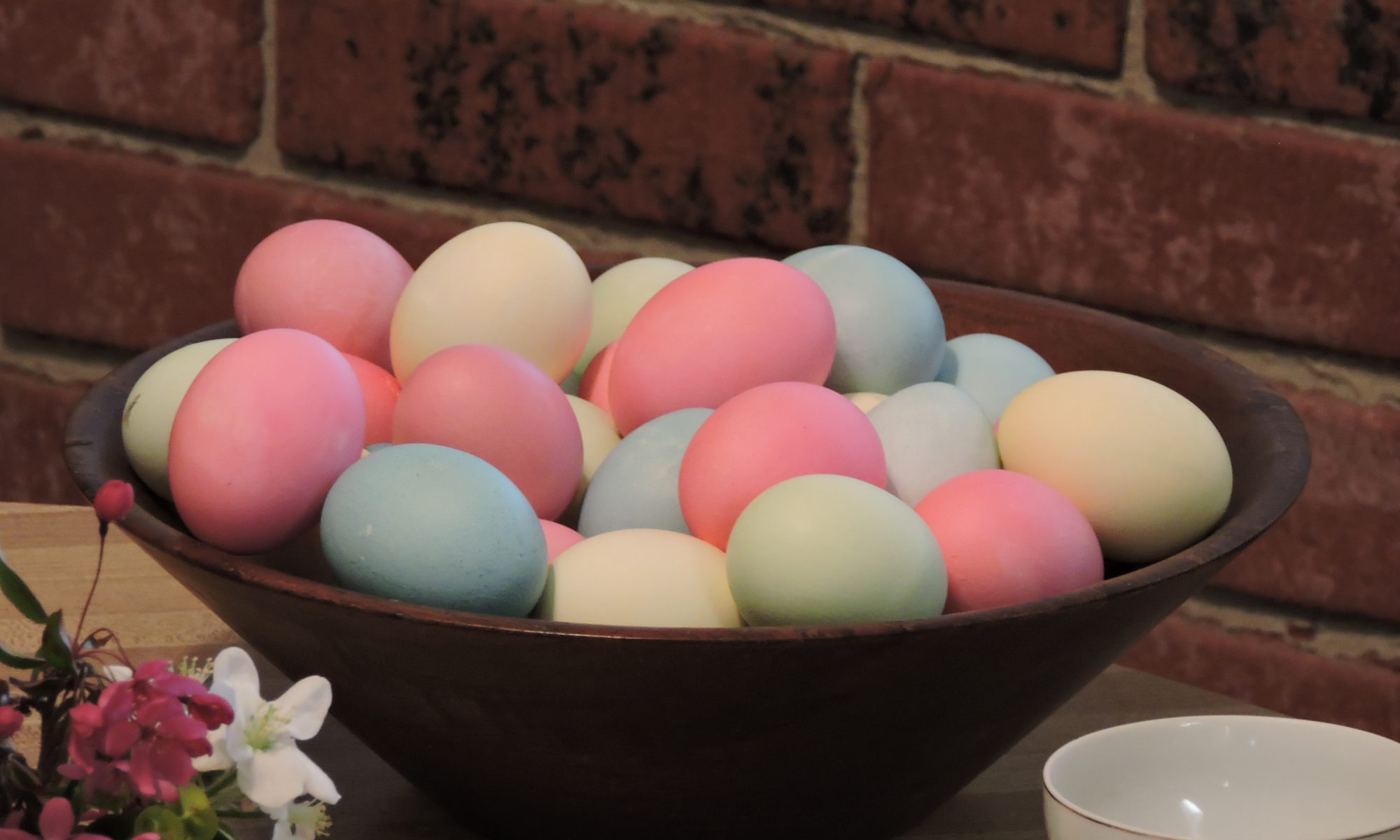
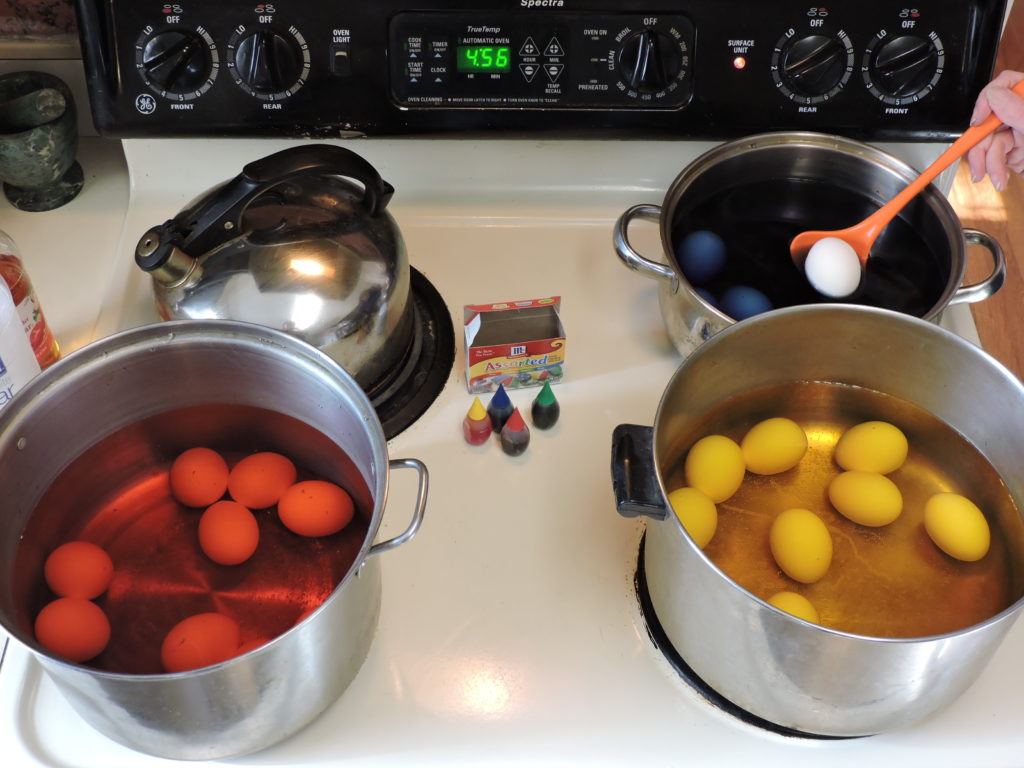
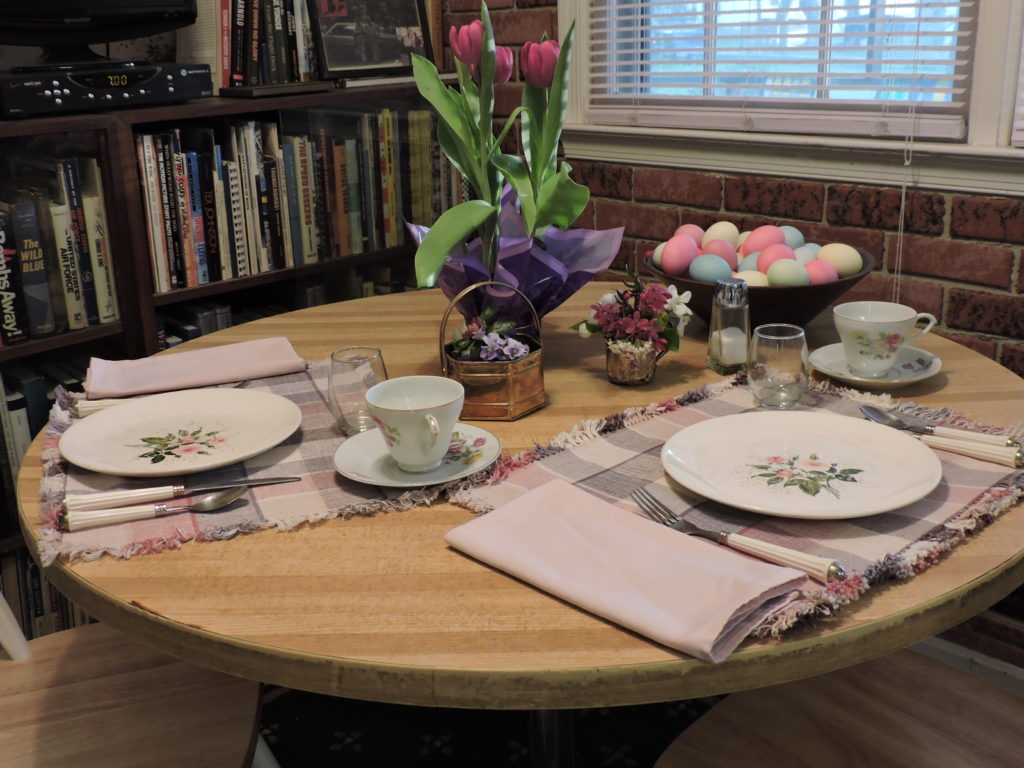
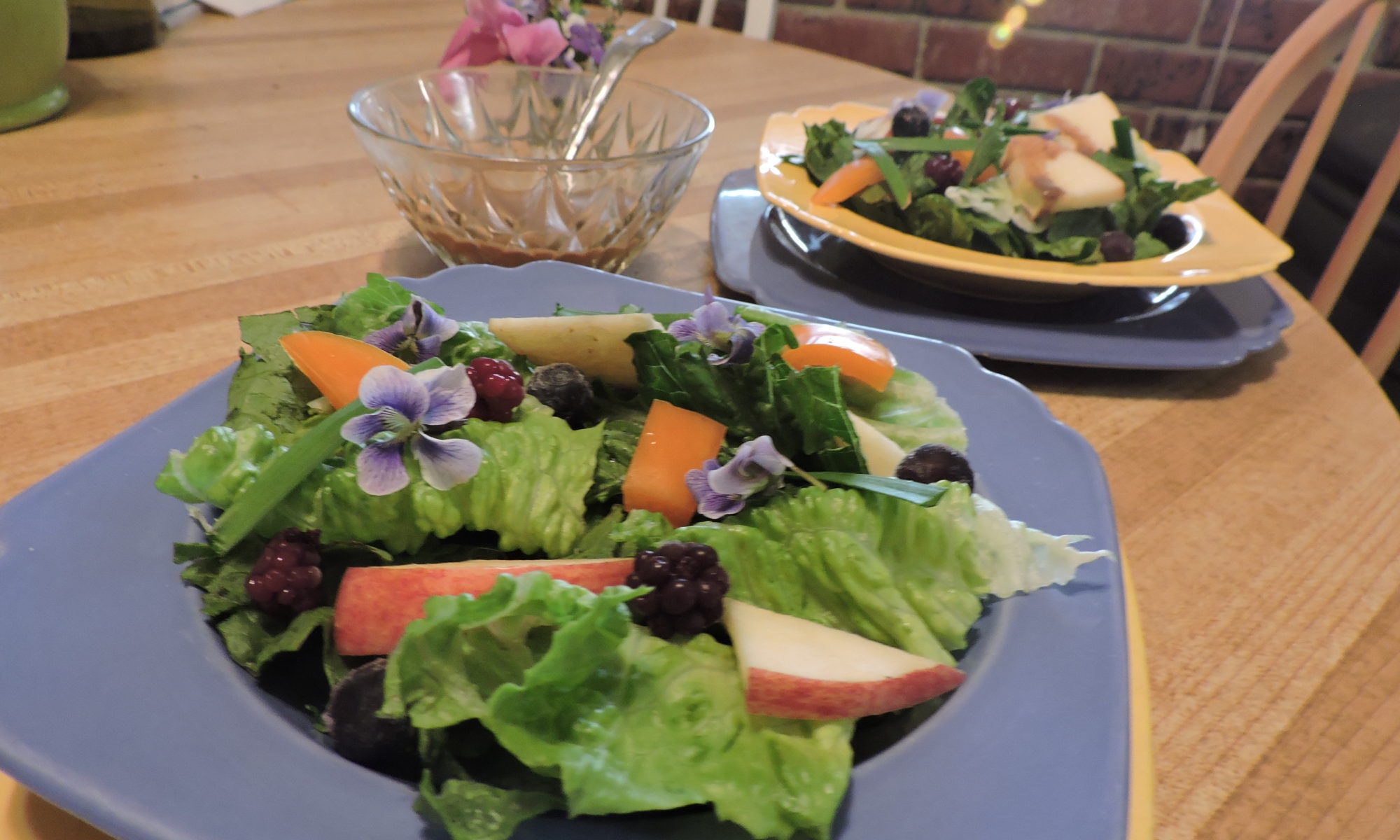
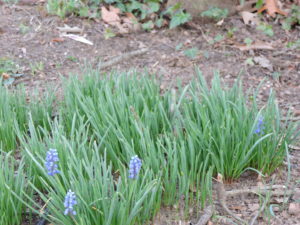
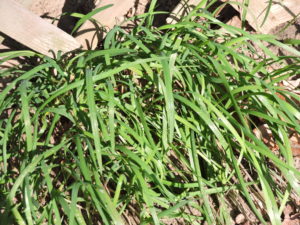
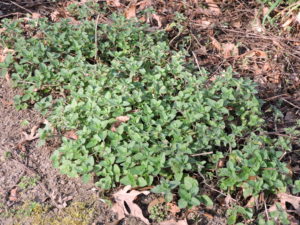
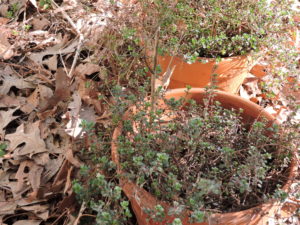
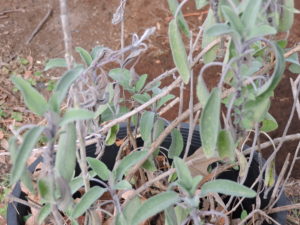
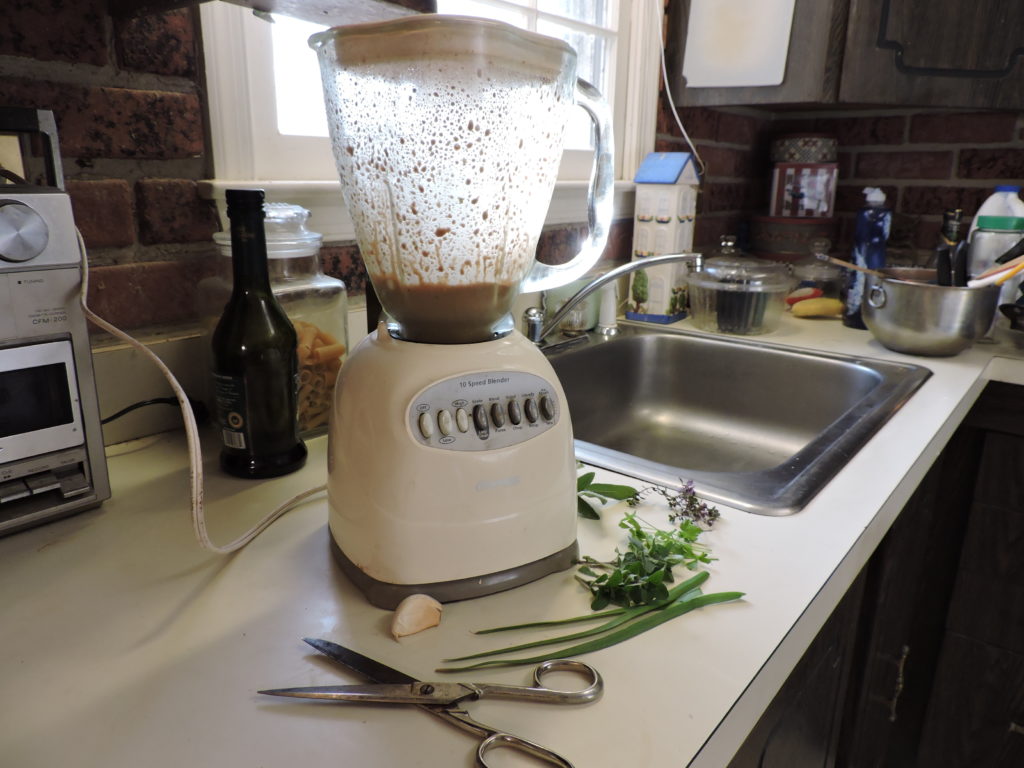 You can mix this dressing in a blender as shown here or simply in a clean jar that you can shake to mix. The basic recipe may be used with different kinds of vinegar (red wine or cider vinegar are good) and with different herbs. You can vary the ratio of oil to vinegar according to your taste.
You can mix this dressing in a blender as shown here or simply in a clean jar that you can shake to mix. The basic recipe may be used with different kinds of vinegar (red wine or cider vinegar are good) and with different herbs. You can vary the ratio of oil to vinegar according to your taste.